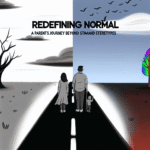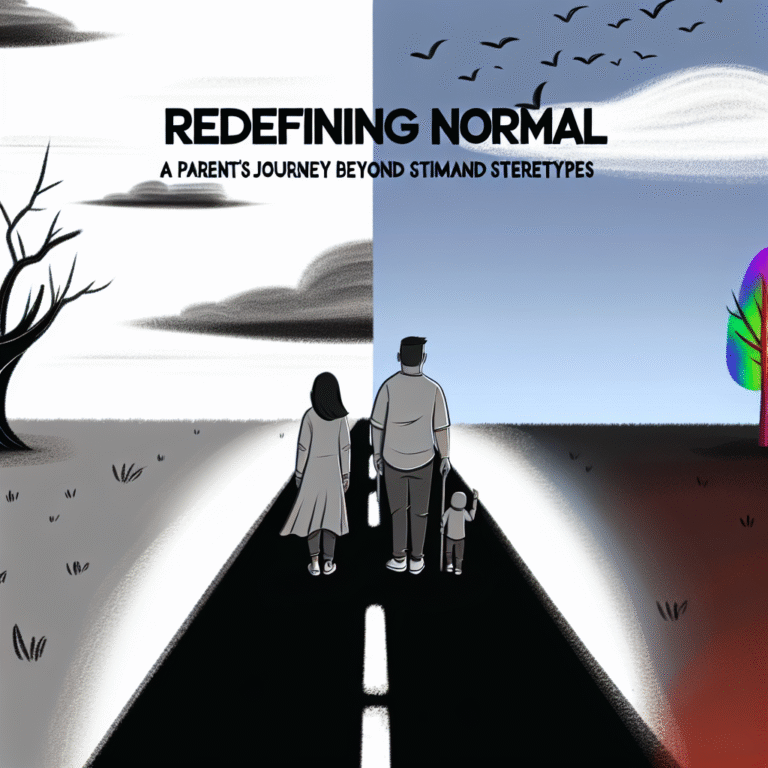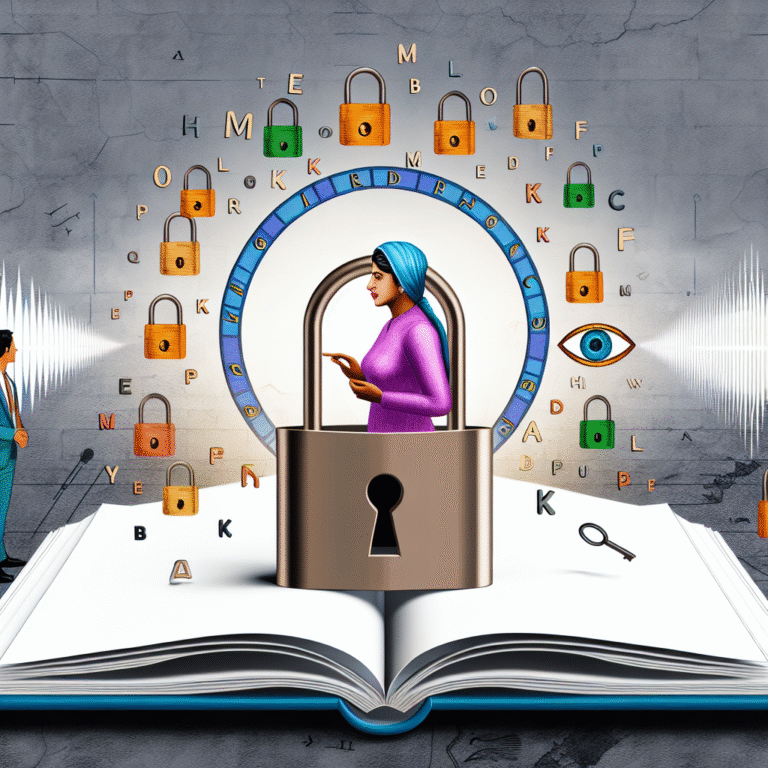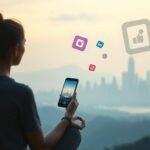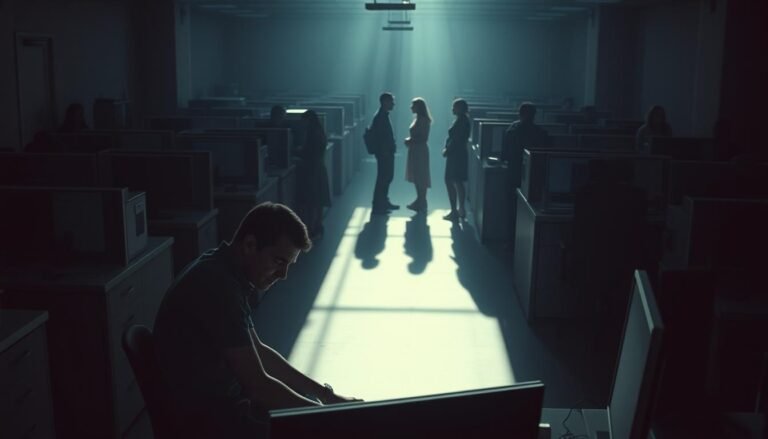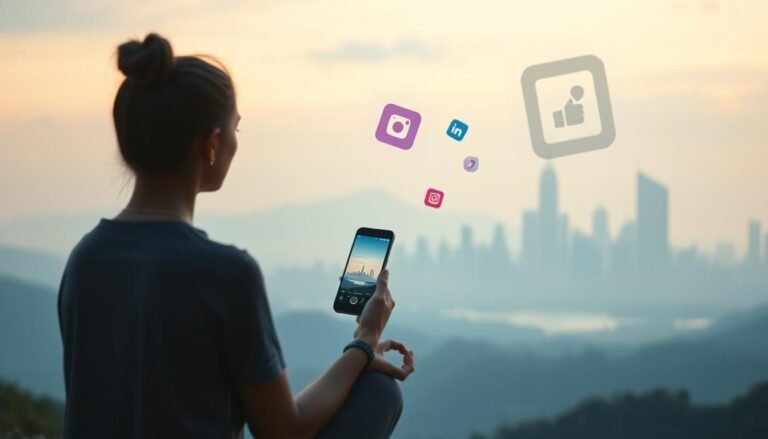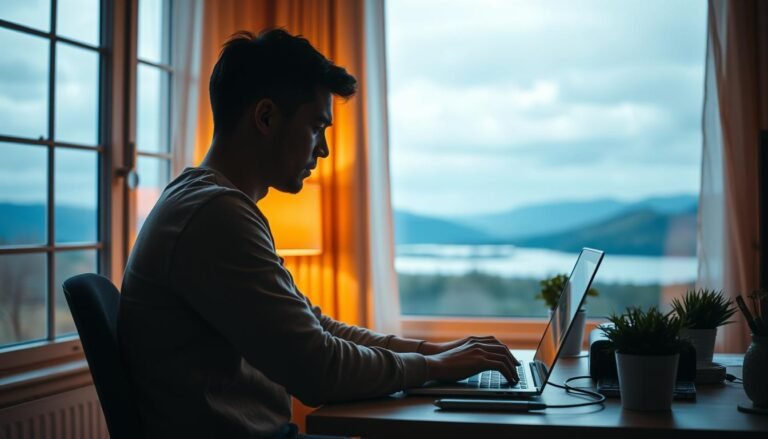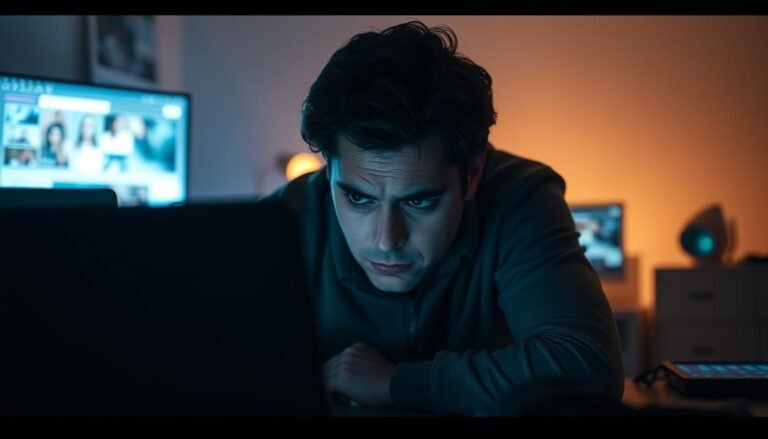Brushstrokes of Brilliance: Celebrating Artists with Learning Disabilities
Introduction: A Canvas of Potential
In a world often distracted by the challenges and limitations of learning disabilities, it is essential to highlight the voices that flourish despite adversity. As we turn the lens on artistry, we uncover a rich tapestry woven by individuals who translate their unique perspectives into vibrant creations. Brushstrokes of Brilliance: Celebrating Artists with Learning Disabilities invites you to discover the stories of remarkable artists who, through their exceptional talents, challenge preconceived notions about learning disabilities. Their art not only showcases their brilliance but also speaks volumes about resilience, creativity, and the human spirit.
Understanding Learning Disabilities and their Impact on Creativity
Learning disabilities encompass a range of neurological conditions that affect the ability to acquire skills in reading, writing, mathematics, and sometimes even interpersonal communication. These challenges can lead to feelings of frustration or inadequacy; however, they can also serve as a catalyst for creativity. Many artists with learning disabilities have translated their struggles into highly emotive works of art.
Table 1: Common Learning Disabilities and Their Traits
| Learning Disability | Characteristics |
|---|---|
| Dyslexia | Difficulty in reading, writing, and spelling. Often accompanied by strengths in visual and artistic skills. |
| Dyspraxia | Challenges with motor skill coordination which may contribute to unique artistic styles and techniques. |
| ADHD | Attention Deficit Hyperactivity Disorder often fosters high creativity and divergent thinking. |
| Autism Spectrum Disorder | Can enhance attention to detail and unique perspectives that contribute to innovative art. |
Understanding these challenges is crucial to appreciate the talent and uniqueness of artists who navigate these waters.
The Intersection of Disability and Art
Art has the power to heal, communicate, and express in ways that transcend words. For many artists with learning disabilities, their crafts act as both an escape and a form of self-advocacy. Through the lens of art, they provide a vital commentary on their experiences.
Case Study 1: Jean DuBuffet – Embracing Outsider Art
Jean Dubuffet, a French painter, was largely influenced by his interest in "Art Brut," or raw art, which celebrated the untrained artistic expression of marginalized individuals. Though not explicitly labeled with a learning disability, Dubuffet’s work embodied the spirit of those artists who are often overlooked. Brushstrokes of Brilliance: Celebrating Artists with Learning Disabilities can be seen vividly in Dubuffet’s pieces, which serve as a testament to raw human emotion. His success has paved the way for countless artists with disabilities to embrace their uniqueness.
Analyses
Dubuffet’s impact on the art world illustrates how embracing one’s unique perspective can lead to groundbreaking creations. His advocacy opened doors for artists who may feel constrained by societal norms.
Celebrating Contemporary Artists: Real-World Stories
Today, numerous contemporary artists exemplify the intersection of learning disabilities and exceptional artistry. These artists often defy stereotypes and paint a vivid picture of achievements against the odds.
Case Study 2: Chuck Close – Master of Photorealism
Chuck Close is a prime example of how learning disabilities can influence artistic innovation. Close, diagnosed with dyslexia and face blindness, developed a unique approach to portraiture that relied on a grid system to create detailed photorealistic pieces. Each brushstroke in his work exemplifies the Brushstrokes of Brilliance: Celebrating Artists with Learning Disabilities theme.
Analysis
Chuck Close’s work challenges the conventions of traditional portraiture, showcasing how an artist’s unique cognitive framework can yield profoundly innovative art.
Case Study 3: Judith Scott – Fiber Artist Extraordinaire
Judith Scott, who had Down syndrome and was deaf, created compelling sculptures woven from yarn and found objects. Her art explored themes of isolation and connection, enchanting viewers worldwide. Scott’s story is a powerful aspect of Brushstrokes of Brilliance: Celebrating Artists with Learning Disabilities, demonstrating how art can encapsulate complex emotions and engage audiences deeply.
Analysis
Scott’s work serves as a purposeful reminder of the beauty of imperfection and how personal challenges can cultivate powerful artistic expressions.
The Role of Institutions and Communities
The art community is waking up to the valuable contributions of artists with learning disabilities. Various organizations and initiatives seek to promote inclusivity and support these talented individuals.
Table 2: Organizations Supporting Artists with Learning Disabilities
| Organization | Mission | Key Initiatives |
|---|---|---|
| VSA (Very Special Arts) | To create a world where people with disabilities can learn through and participate in the arts. | Hosting exhibitions, providing resources for artists. |
| The Art of Autism | To promote the talents of individuals with autism and foster community engagement. | Showcasing artwork, hosting collaborative projects. |
| National Down Syndrome Society | Advocates for the value, acceptance, and inclusion of individuals with Down syndrome. | Providing scholarships and art grants. |
These organizations facilitate opportunities for artists to thrive, enabling them to exhibit their work and build community connections.
Overcoming Barriers: Personal Accounts
Many artists with disabilities face barriers to entering the art world. However, the stories of resilience and determination highlight that success is achievable.
Case Study 4: Lisa Williams – A Visual Poet
Lisa Williams, an artist with autism, uses her vivid colors and symbolic imagery to tell stories. Despite facing challenges in social interactions, her artwork communicates in ways that words cannot. Her journey is inspirational and corresponds beautifully with the Brushstrokes of Brilliance: Celebrating Artists with Learning Disabilities theme.
Analysis
Williams’s artwork demonstrates the importance of representation and inclusivity in the art community, showing that creativity is not confined by societal expectations.
Inspiring Change Through Education and Awareness
Educating the public about the capabilities and contributions of artists with learning disabilities is vital. Awareness can dismantle stereotypes and foster a more inclusive atmosphere in the art world.
The Impact of Collaboration
Collaborative art projects, where artists with and without disabilities work together, can break down barriers and cultivate empathy. These experiences allow for natural mentorship opportunities, fostering an inclusive environment that benefits all participants.
Organizing Art Exhibitions
Community-led art exhibitions that focus on displaying diverse work from artists with learning disabilities can elevate visibility and encourage conversations. Such events can also serve as platforms for advocacy and education, making a profound impact on the larger community.
Conclusion: A Brushstroke of Hope
Brushstrokes of Brilliance: Celebrating Artists with Learning Disabilities is more than just a phrase; it represents a movement towards inclusivity, appreciation, and immersion in artistic diversity. As we celebrate these remarkable artists, we remind ourselves and the world that creativity knows no boundaries. Every artist, regardless of their background, brings something unique to the canvas of life.
To inspire change, each one of us can start by recognizing the light in others and championing their talents. Whether through viewing their art, attending exhibitions, or simply sharing their stories, we make strides towards a more inclusive future where everyone’s artistry shines.
FAQs
1. Can learning disabilities enhance creativity?
Yes, many individuals with learning disabilities often develop unique perspectives and problem-solving abilities that can enhance creativity. This has been observed in several artists who excel in various art forms.
2. What resources are available to support artists with learning disabilities?
Numerous organizations, such as VSA and The Art of Autism, offer support through grants, exhibitions, and resources designed to help artists showcase their work and connect with communities.
3. How can the public contribute to supporting artists with disabilities?
The public can support these artists by attending their exhibitions, purchasing their artworks, and advocating for inclusivity in the arts. Awareness and engagement can also help dismantle stereotypes.
4. Are there any notable exhibitions featuring artists with learning disabilities?
Yes, there are various exhibitions showcasing artists with learning disabilities, including events organized by the above-mentioned organizations and local art communities.
5. What can schools do to promote inclusivity in the arts?
Schools can foster inclusivity by providing tailored art programs, promoting awareness of learning disabilities among students, and creating collaborative art projects that bring together students of all abilities.
As we continue to explore the contributions of artists with learning disabilities, let us remember to embrace diversity and recognize that creativity flourishes when we celebrate our differences. The journey of these extraordinary individuals enlightens us all and enriches the tapestry of art. Each Brushstroke of Brilliance: Celebrating Artists with Learning Disabilities carries a message of resilience, transforming challenges into magnificent prints on the canvas of life.


